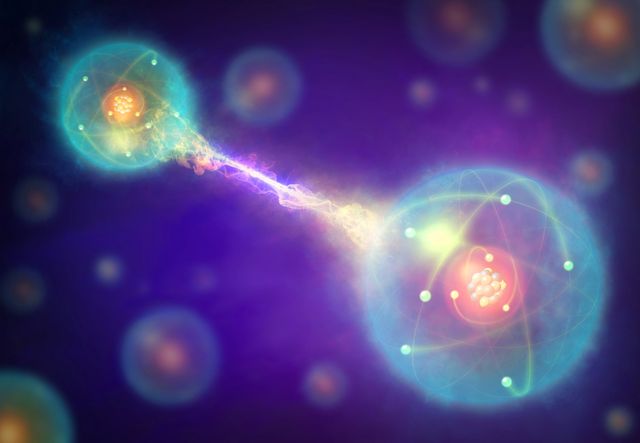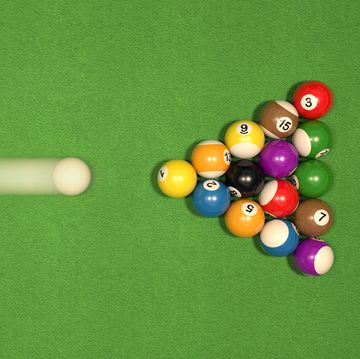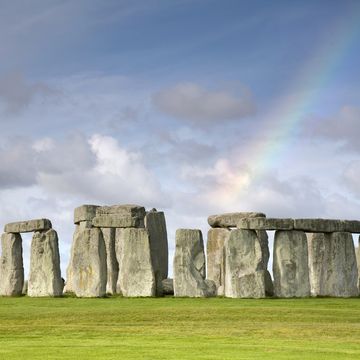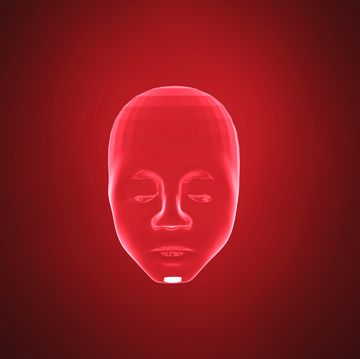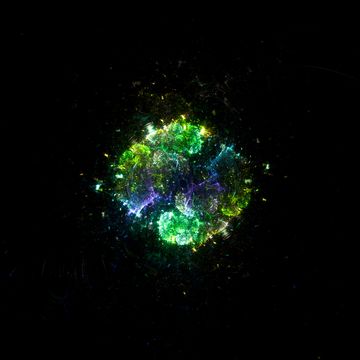Gravity is a bit of an enigma. We know how it works, but not really what causes it. In 1915, Einstein’s famous Theory of Relativity demonstrated that gravitational attraction is due to the warping of space: Large masses like stars and planets actually curve the space around them, pulling other objects in.
But exactly how space gets curved is still an open question. One possibility is that the force of gravity is carried by a particle, like how electricity is carried by the electron or how light is carried by the photon. This hypothetical particle has been dubbed the graviton, but there’s no guarantee that the graviton exists at all.
If it does, however, finding it could help solve one of the biggest problems in physics and unify gravity with quantum mechanics. The two biggest discoveries of the 20th century have resisted all attempts by physicists to combine them into one grand unified theory, leading some physicists to question whether they can even be combined at all.
The biggest roadblock for physicists is that the graviton, if it exists, is so weak that it’s pretty much impossible to detect. In order to spot it, we would need a detector so massive it would collapse into a black hole. This presents a bit of a problem that requires some extreme creativity to solve.
Two groups of scientists may have finally solved that problem, by proposing an experiment to determine if the graviton exists without ever observing it directly. The experiment involves trying to get two particles to quantum entangle using their gravitational interactions, and if they’re successful it could confirm that quantum gravity exists after all.
Entanglement is a pretty common phenomenon in quantum mechanics, and it involves two particles that are intertwined so that changes to one of the particles instantly affect the other. Entangling two particles together isn’t easy, but physicists have gotten good enough at it in recent years to entangle particles from the ground into orbit.
What these researchers are proposing is to do the same thing using gravitational forces. Two extremely tiny diamonds would be entangled using standard methods, then dropped through a vacuum chamber. The researchers would study the strength of those diamonds’ gravity. If there’s a quantum element to their interaction, the strength of the gravitational force should vary.
This might seem like a roundabout way of finding out if quantum gravity exists, but it’s probably the only way available to physicists. If the experiment is successful, it would prove that gravity and quantum mechanics can be reconciled. That’s far from actually developing a theory of how gravity and quantum mechanics actually combine, but at least we’ll know whether we should be looking for one at all.
Source: Quanta
